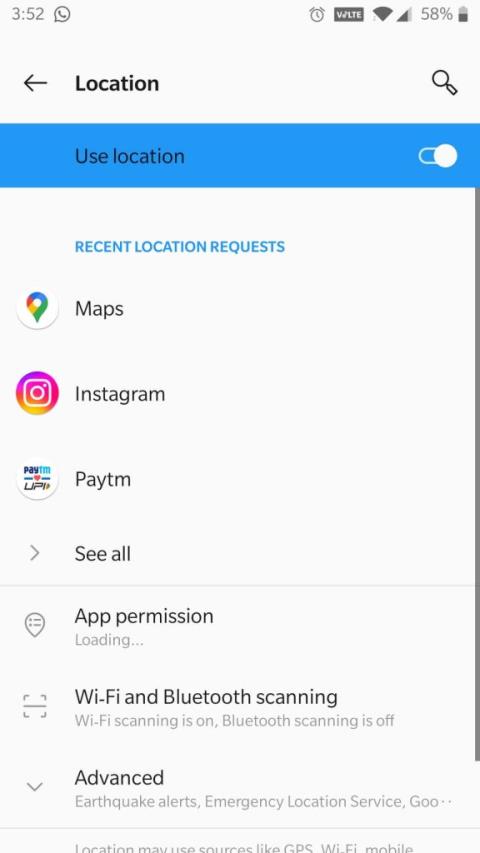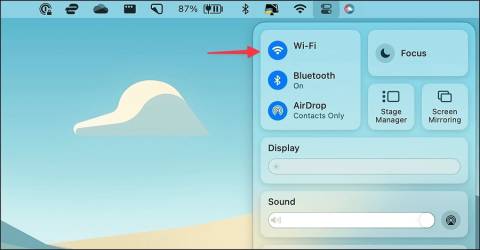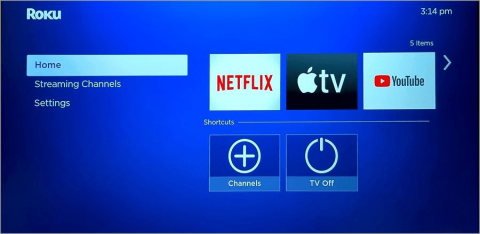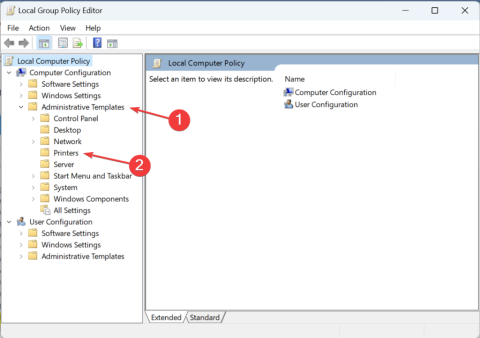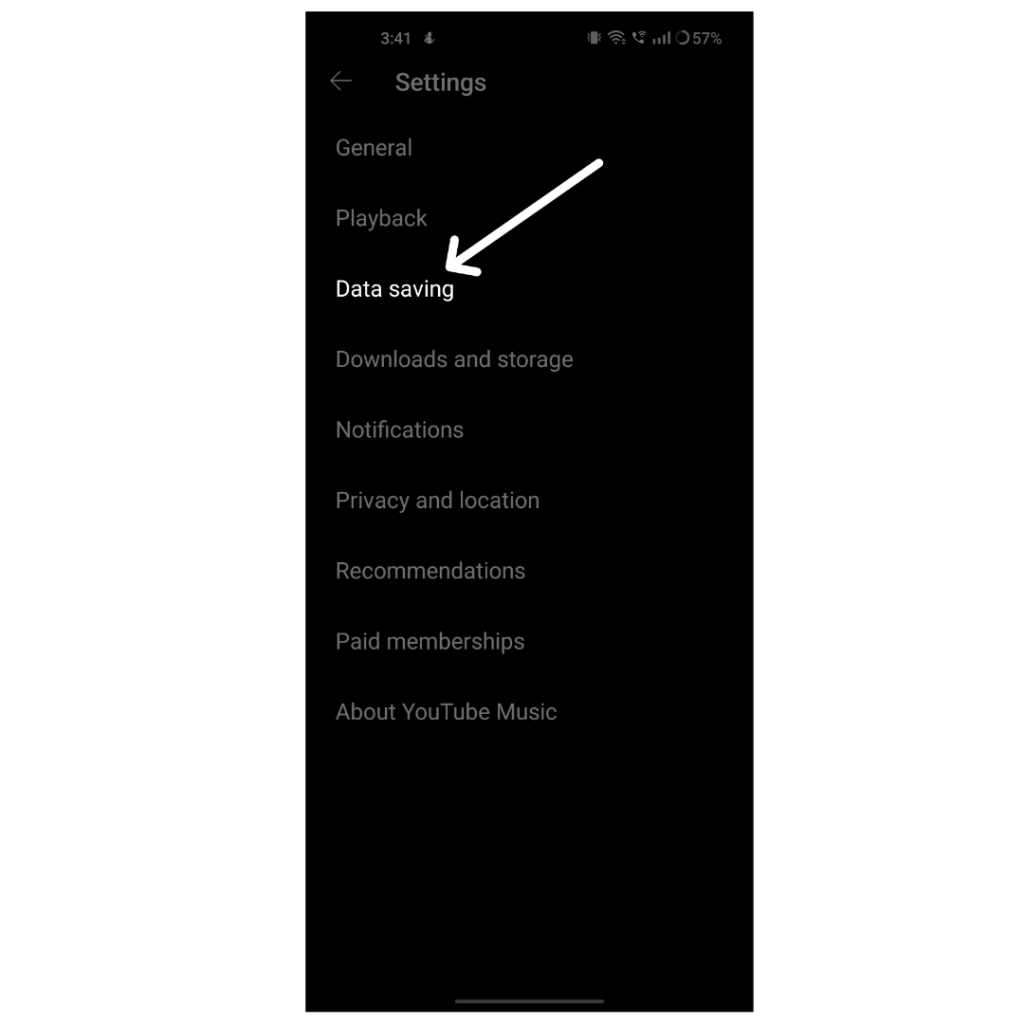- Microsoft es va associar amb el component més nou de Power Platform, els Power Virtual Agents, una plataforma de xat de codi baix.
- El desenvolupament de Power Virtual Agent és molt més fàcil perquè utilitza una interfície gràfica guiada, sense codi.
- Si voleu estar al dia de les últimes notícies de Microsoft Build, aneu al nostre Microsoft Build 2020 Hub .
- Microsoft Teams és una gran eina per a la comunicació dins o fora de les organitzacions. Llegiu-ne més a la nostra secció Microsoft Teams .
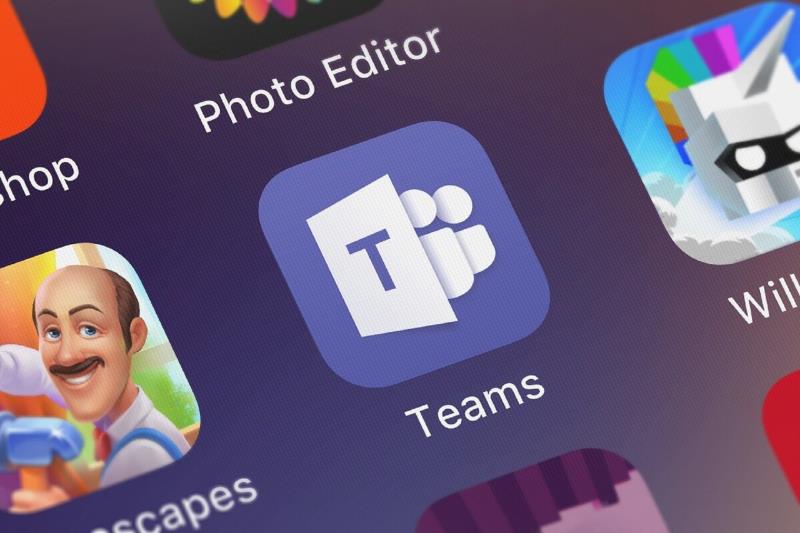
Els chatbots de Microsoft Teams no són novetats. I encara que els Chatbots són molt útils per a les empreses que els utilitzen per obtenir ajuda interna i informació per als seus empleats o per als seus clients.
Tanmateix, no eren tan fàcils de crear i gestionar. Això està a punt de canviar aviat perquè Microsoft es va associar amb el component més nou de Power Platform, els Power Virtual Agents, una plataforma de xat de codi baix.
Els Power Virtual Agents ajuden les empreses i els desenvolupadors a crear Chatbots més fàcilment
Power Virtual Agents és un servei de chatbot que es va crear a la plataforma Microsoft Power i al Bot Framework.
Segons Microsoft, el desenvolupament de Power Virtual Agent és molt més fàcil, perquè utilitza una interfície gràfica guiada, sense codi.
Això fa que sigui senzill per a tothom crear i mantenir un agent virtual intel·ligent sense aprendre a codificar.
Podreu crear el vostre chatbot al portal Power Virtual Agents i, després, podreu integrar-lo amb Microsoft Teams només prement un sol botó.


Si sou desenvolupador, Microsoft també va publicar la documentació sobre com crear exactament el chatbot.
Com funciona el Microsoft Teams Chatbot?
Michael Chow, director sènior de programes de Microsoft descriu un exemple real d'ús en una publicació de bloc :
An employee who has just joined Contoso asks a few questions related to office reopening, new employee orientation, and uploading documentation.
Then, he moves on to ask for support with special accommodations, specifically ergonomic furniture. The bot needs to connect him with an HR expert to understand the situation better.
The bot gathers some information to create a request ticket and submits it to the Onboarding channel in Teams where HR experts can see the request and handle it.
Since there is a longer than normal wait time today, the employee checks his request status with the bot to make sure it is still active.
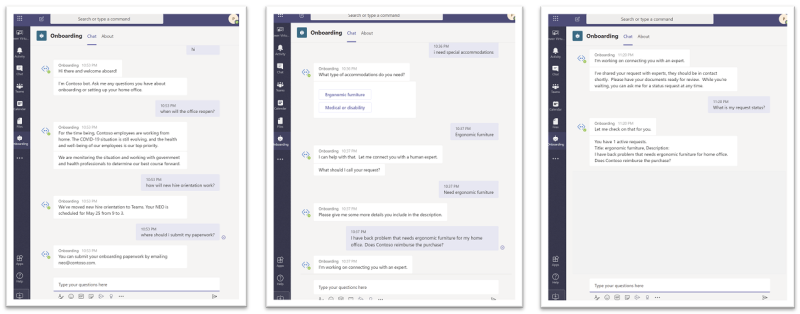

An onboarding expert sees the notification in the Expert assistance channel in Teams and reaches out to the employee. After helping the employee out, he returns to the Expert channel and closes the ticket.
The employee can also check the status of his requests again and confirm that it has been closed.








